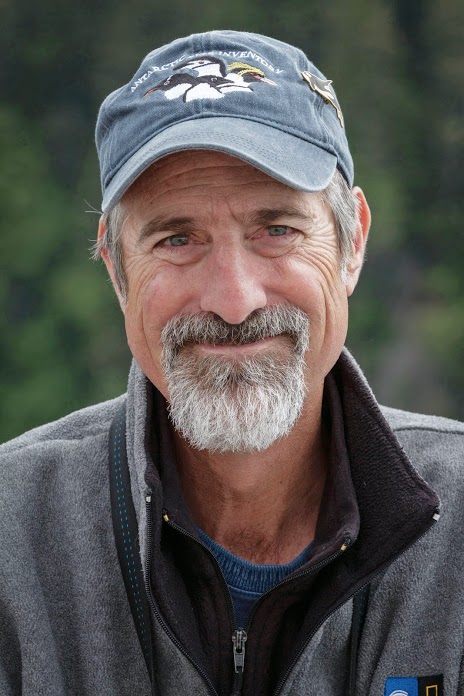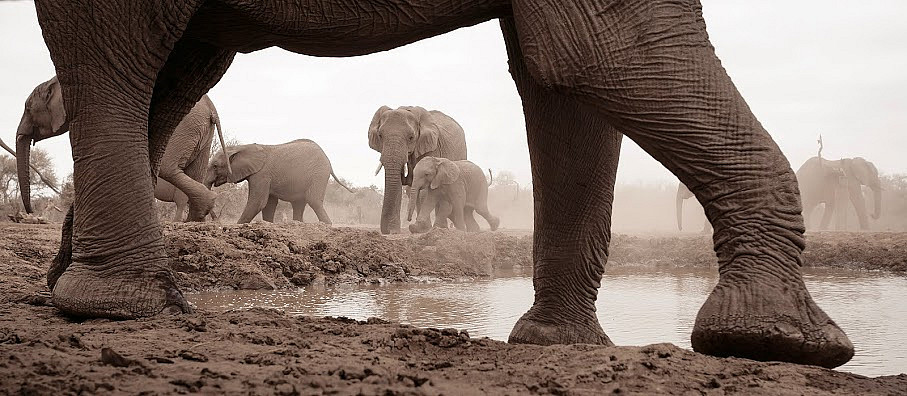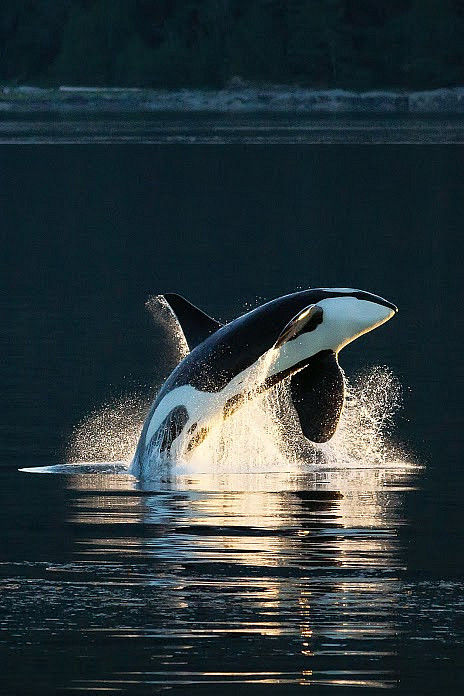main content Capturing Wildlife—With a Camera
Open gallery

In Botswana, Jack Swenson and his photo-safari guests conceal themselves in an underground blind, observing doves and impala at a nearby watering hole. The wildlife seems skittish—and the team soon learns why: a herd of elephants is in the area, and the bulky pachyderms are making their approach.
“Suddenly, their enormous legs thundered in beside us, so close we could nearly reach out and stroke their toenails,” says Swenson, a naturalist and photo expedition leader for Lindblad Expeditions/ National Geographic Alliance. “Several of the elephants, at different times, sucked up water and then sprayed it in our direction with their trunks, scattering muddy droplets on our cameras and lenses.”
Swenson has been a professional photographer, expedition guide, and wildlife biologist for more than 35 years. His work has appeared in advertising, books, and magazines published by National Geographic, Smithsonian, Audubon, Travel & Leisure, and many others. He is coauthor/ photographer of a photo book on Baja California and a photo- identification guide to the Killer Whales of Southeast Alaska.
Swenson and his wife, Rikki, travel the globe together with Lindblad, spending nearly five months each year leading photo expedition voyages and small-group photo safaris. “We’re fortunate to have signed on with one of the most successful companies in this business,” he says.
Voyages begin on one of Lindblad’s small ships, which transport passengers in comfort and style to places like Alaska, Panama, Antarctica, the South Pacific, the Galapagos, and Baja California. Swenson leads groups of guests on inflatable Zodiac boats and walks to photograph wildlife up close and personal.
“The Sea of Cortez and lagoons in Baja, where gray whales migrate each winter and give birth, is one of my favorite places,” he says. “I’ve seen a mother get under her calf and lift it up to the boat time and time again to be petted.”
Many Lindblad travelers are mature, affluent, and interested in intimate wildlife encounters. Often families travel as well. “Most use Mini Swenson: Chron Spring 2014 Appx. Word Count: 672 Pattie Pace digital cameras,” says Swenson. “I advise them to begin on automatic settings and have fun—then come to me with questions to learn new techniques.”
Swenson says his parents encouraged his quest for adventure and creativity. When he was 10 years old, his mother read him the book Born Free; his dad gave him a Kodak Brownie camera. “She was an art school grad and gave me my first lesson in photographic composition.” says Swenson. “My father took me to a dude ranch in Wyoming, where I later got hired as a wrangler. On days off I’d sneak up on huge moose, bison, and elk with my camera.”
Swenson, who grew up in New England, chose Lewis & Clark on the recommendation of a high school advisor. He didn’t start to thrive until junior year, when he found a mentor in Professor of Biology Steven Seavey. “He added some students who were not yet majoring in biology to his overseas study program in Costa Rica,” says Swenson. “That experience changed my life.”
The group traveled to extremely rustic field stations, working closely with biologists to understand tropical ecosystems. “Professor Seavey let us take the Land Rover and drive to the coast where we spent the night watching sea turtle nests hatching,” he says.
Graduating with a solid background in field research, Swenson focused his early career on marine-life studies. He worked on research of elephant seals, seabirds, and later killer whales. Because the work was seasonal and dependent on grant funding, he also returned to Wyoming regularly to work as a guide. In 1988, he secured a position with Lindblad Expeditions and has traveled the world sharing his passions ever since.
“The joy I get from my work revolves around anticipation and the search for creatures in the wild,” says Swenson. “Many people are bombarded with stories about climate change, habitat destruction, and species elimination. I love showing our guests the places where wildlife is thriving—and restoring hope that there are still many places worth saving.” by Pattie Pace
More L&C Magazine Stories
L&C Magazine is located in McAfee on the Undergraduate Campus.
MSC: 19
email magazine@lclark.edu
voice 503-768-7970
fax 503-768-7969
The L&C Magazine staff welcomes letters and emails from readers about topics covered in the magazine. Correspondence must include your name and location and may be edited.
L&C Magazine
Lewis & Clark
615 S. Palatine Hill Road
Portland OR 97219







